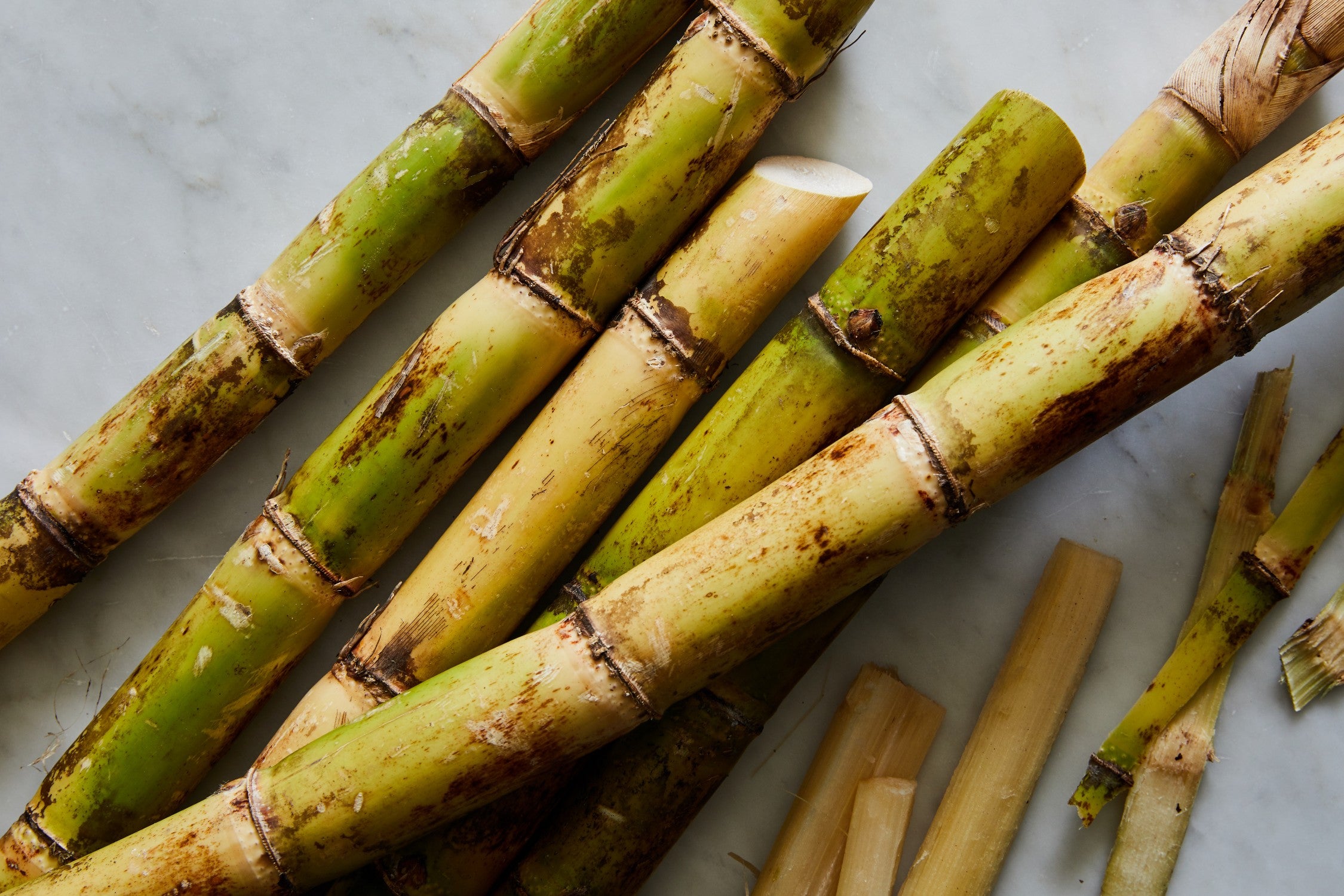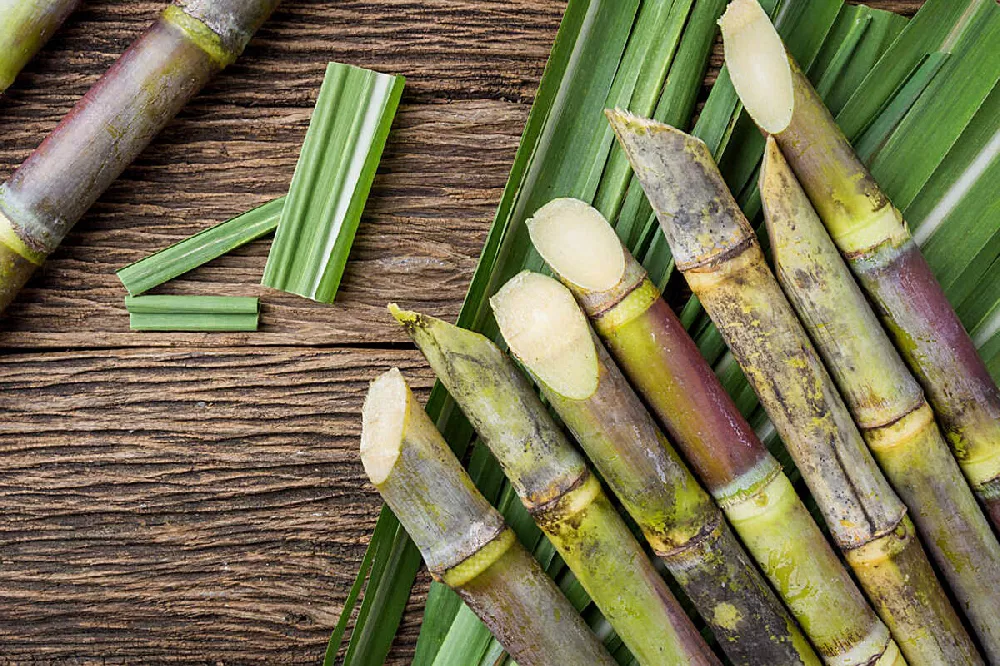Understanding Cane Sugar Processing: A Comprehensive Overview of the Stages
Understanding Cane Sugar Processing: A Comprehensive Overview of the Stages
Blog Article
Discovering the Comprehensive Steps Included in Walking Stick Sugar Processing From Harvesting to Improvement
The process of cane sugar production includes a series of complex actions, beginning with the cautious harvesting of sugarcane and culminating in the improvement phases that ensure the final product satisfies sector criteria. Each stage, from the extraction of juice to the filtration and condensation processes, plays an essential function in figuring out the top quality and character of the sugar.
Harvesting Sugarcane
Harvesting sugarcane is a critical action in the walking cane sugar handling chain, as it straight influences the high quality and return of the final item. Correct timing and strategies are vital during this stage to make certain ideal sugar web content and decrease losses. Generally, sugarcane is harvested when it gets to maturation, normally 12 to 18 months after growing, defined by a high sucrose concentration.

Post-harvest, the sugarcane needs to be refined quickly to stop sucrose degradation. Preferably, gathered cane should be carried to refining facilities within 1 day to protect sugar top quality. Therefore, effective logistical preparation is essential to maintain the honesty of the collected plant throughout the supply chain.
Extraction Refine

The smashed walking cane undergoes a collection of pushing procedures to optimize juice recuperation. Normally, warm water is sprayed onto the smashed walking cane, producing a countercurrent circulation that assists dissolve the sugar while also assisting in the removal procedure. The juice gathered from this operation contains not just sugar however likewise different organic substances and pollutants.

To boost removal performance, some centers might employ diffusion methods, where the sugarcane is taken in hot water, permitting the soluble sugars to diffuse into the liquid. The resulting juice, rich in sucrose, is after that routed to subsequent handling stages, laying the structure for purification and improvement. The removal process is therefore critical in determining the top quality and return of the final sugar item.
Purification Strategies
The purification methods used in walking cane sugar handling are important for changing the raw juice into a high-quality sugar product. These approaches primarily aim to eliminate impurities, such as soil, plant products, and inorganic materials, which can negatively influence the end product's taste and shade.
One of one of the most common purification strategies is clarification. This process entails adding lime and warm to the raw juice, which facilitates the coagulation of pollutants. The resulting precipitate is after that eliminated with sedimentation or filtering, generating a clearer juice. Additionally, the usage of phosphoric acid can improve the explanation process by further binding pollutants.
Another considerable method is carbonatation, where co2 is presented to the cleared up juice. This reaction generates calcium carbonate, which records remaining impurities and promotes their removal.
Moreover, turned on carbon therapy might be related to adsorb any type of staying colorants and natural contaminations, guaranteeing a more refined product. The mix of these approaches efficiently prepares the sugar juice for subsequent action in the refining procedure, setting the stage for the manufacturing of high-quality cane sugar.
Crystallization Techniques
After the purification stage, the following important action in walking cane sugar handling includes crystallization methods, which play a crucial duty in changing the cleared up juice into strong sugar. This process generally employs two key techniques: spontaneous crystallization and regulated formation.
In spontaneous crystallization, supersaturated sugar remedies are enabled to cool down naturally, leading to the formation of sugar crystals over read here time. This technique allows for the uniform development of sugar crystals and greater purity.
Throughout crystallization, the made clear juice is concentrated with dissipation, raising its sugar content up until it reaches supersaturation. As soon as this point is achieved, either technique can help with the formation process. Cane Sugar Processing. The resultant sugar crystals are then divided from the continuing to be syrup through centrifugation
Eventually, the selection of formation method influences the quality, size, and purity of the final sugar product, making this action important in the total walking cane sugar handling procedure.
Improvement and Packaging
Exactly how can the pureness and high quality of cane sugar be even more enhanced after condensation? The refinement process plays like this an important function in attaining high-grade walking cane sugar. Adhering to crystallization, sugar undertakes a complete washing to remove pollutants and recurring molasses. This is generally accomplished making use of warm water or steam, which aids liquify and draw out unwanted aspects while preserving the sugar crystals.
Next, the sugar undergoes a process called centrifugation, where it is rotated at high rates to separate the detoxified sugar crystals from the staying liquid. After centrifugation, the sugar is frequently further improved with an approach called carbonization or phosphatation, which utilizes turned on carbon or phosphoric acid to get rid of shade and off-flavors.
When refined, the sugar is dried out to achieve the preferred dampness material, guaranteeing that it continues to be steady throughout storage space and transport. The last step includes product packaging the polished sugar in impermeable and moisture-proof containers to preserve its top quality and avoid contamination. Cane Sugar Processing. Correct packaging not just expands life span yet also facilitates simple handling and distribution, ensuring that consumers obtain sugar that meets the greatest criteria of purity and top quality
Conclusion
The thorough steps included in walking cane sugar processing, from the thorough harvesting of sugarcane to the intricate refinement and packaging phases, emphasize the significance of each phase in making sure high-quality sugar production. Optimal harvesting methods, efficient extraction techniques, and extensive purification processes collectively contribute to the end product's purity and security. The formation and succeeding product packaging techniques further enhance the integrity and shelf life of the sugar, highlighting the complexity and precision fundamental in this important farming industry.
The process of cane sugar production encompasses a click over here now series of intricate actions, starting with the cautious harvesting of sugarcane and finishing in the improvement stages that make certain the last product meets industry criteria. Ideally, gathered cane should be carried to processing centers within 24 hours to preserve sugar quality.In spontaneous formation, supersaturated sugar services are permitted to cool normally, leading to the development of sugar crystals over time - Cane Sugar Processing. The refinement process plays a crucial role in achieving premium walking stick sugar.The extensive actions included in cane sugar handling, from the thorough harvesting of sugarcane to the complex refinement and product packaging phases, underscore the value of each phase in making certain premium sugar production
Report this page